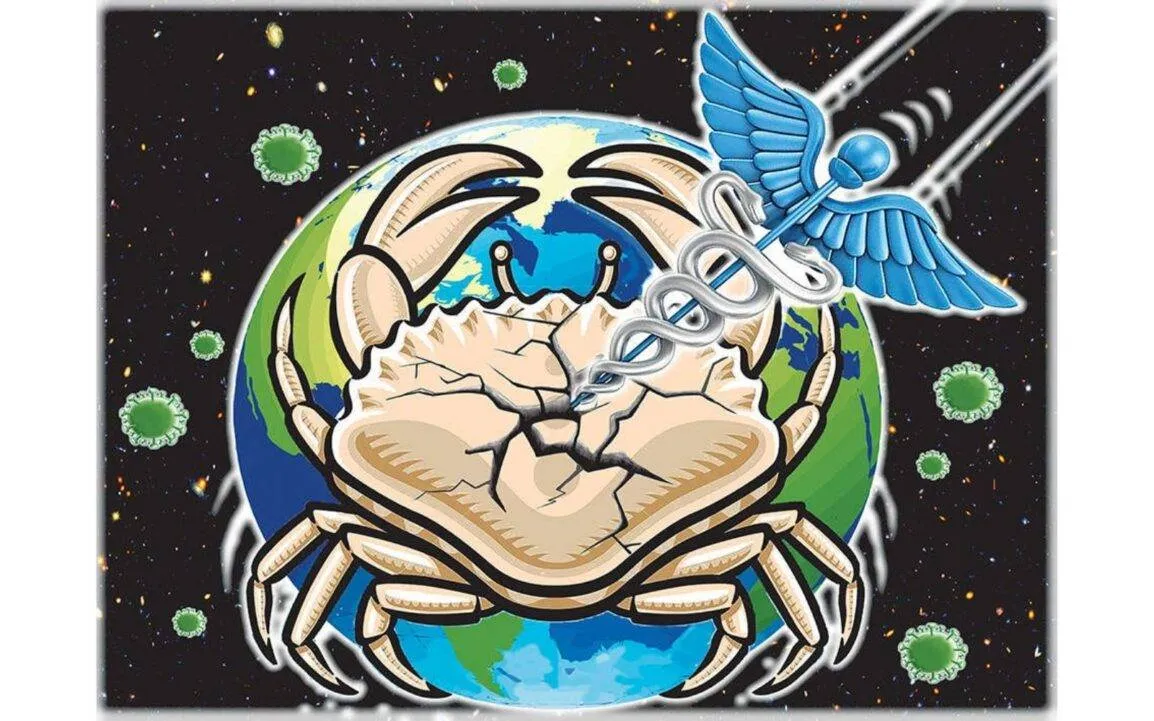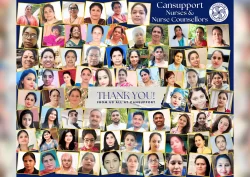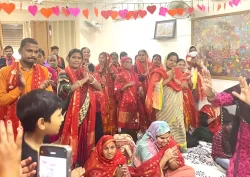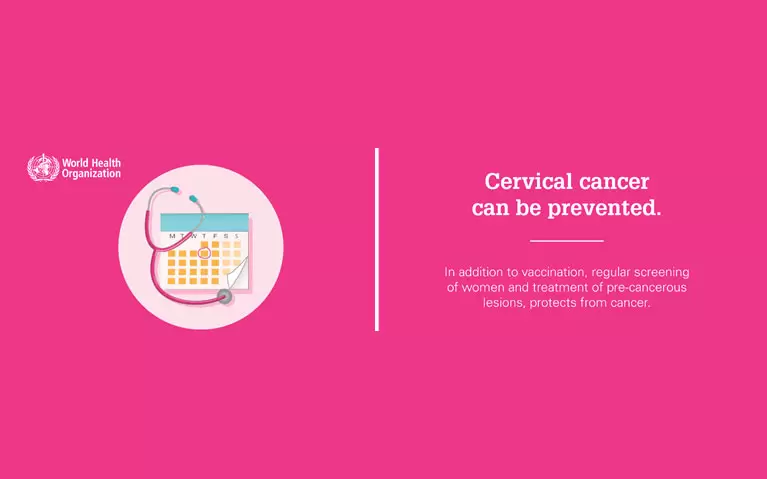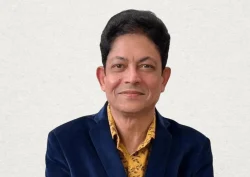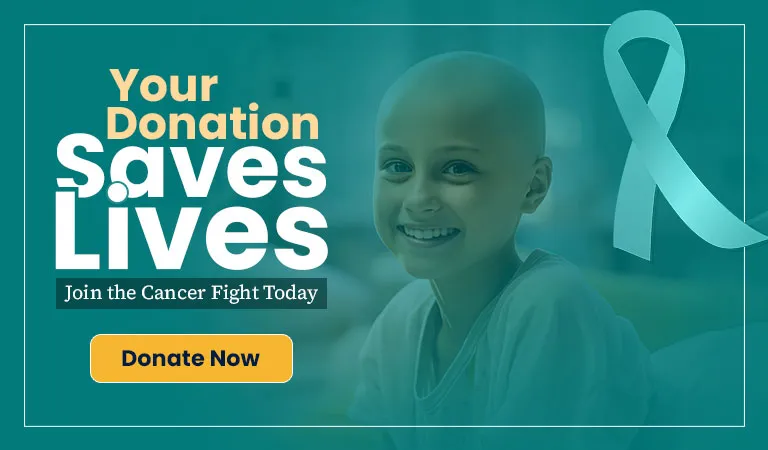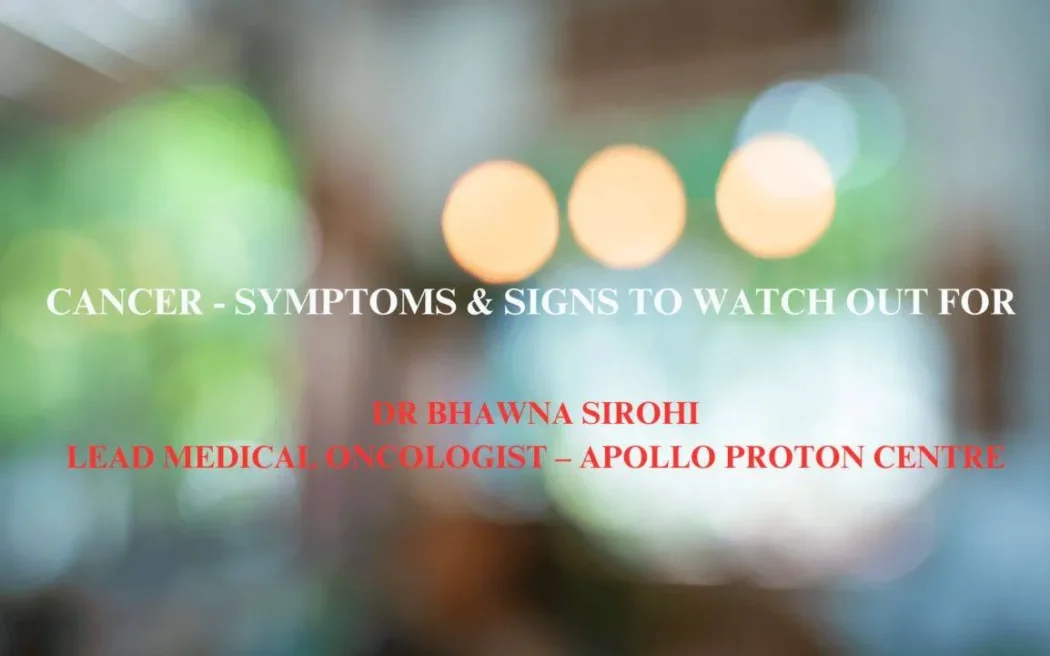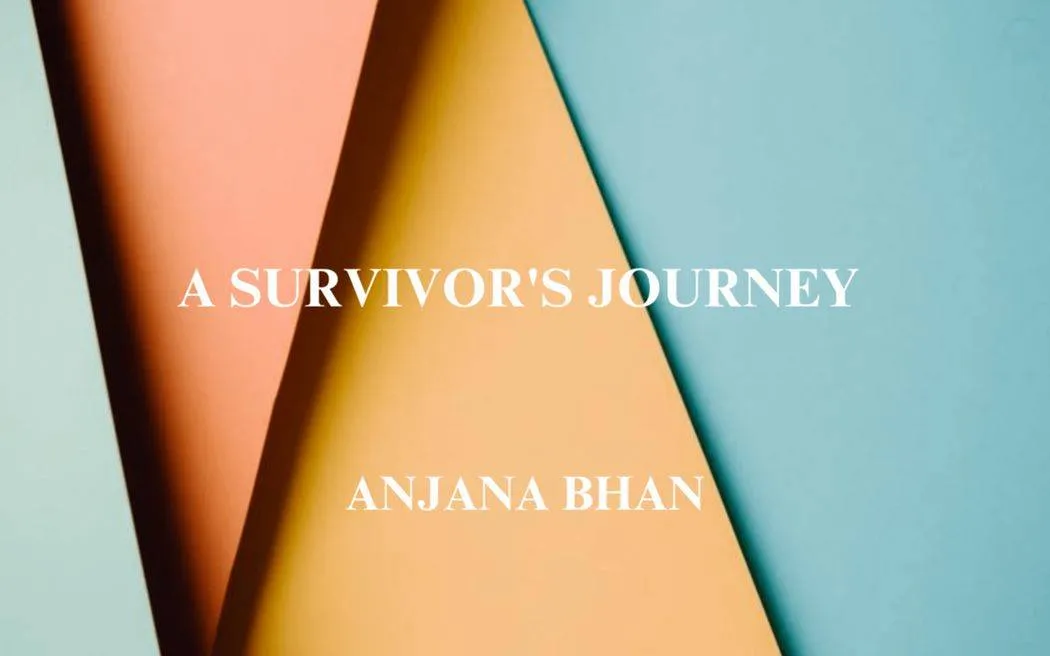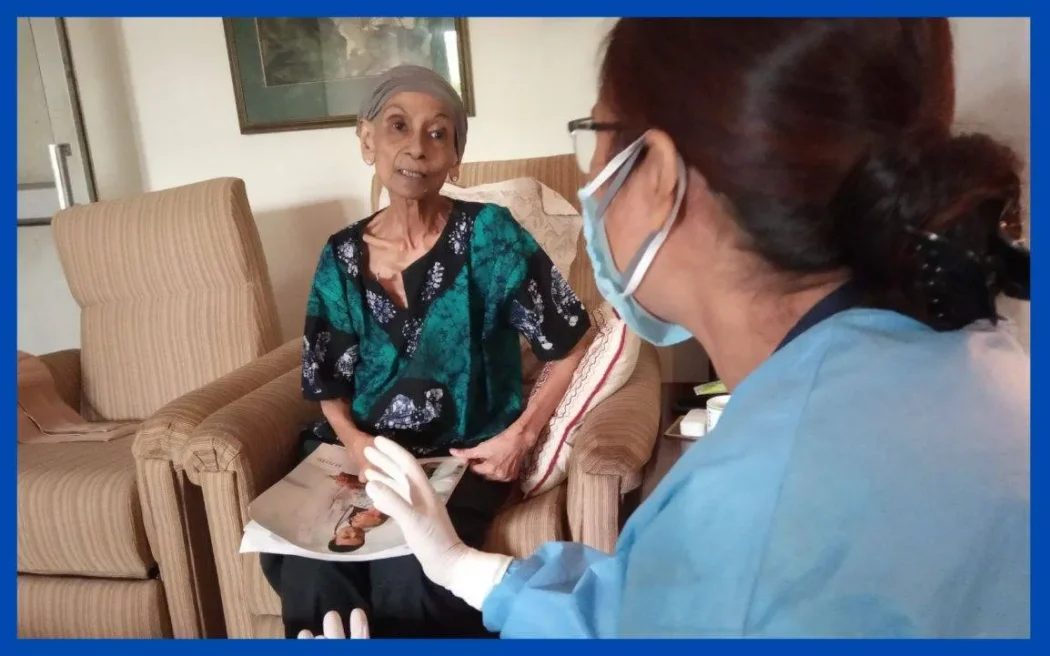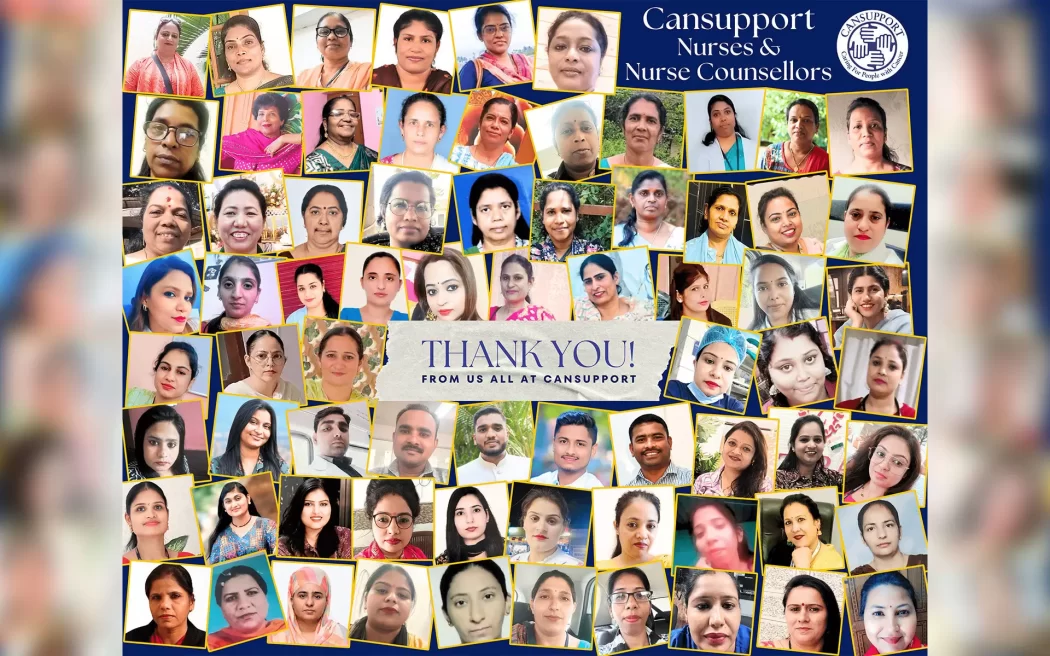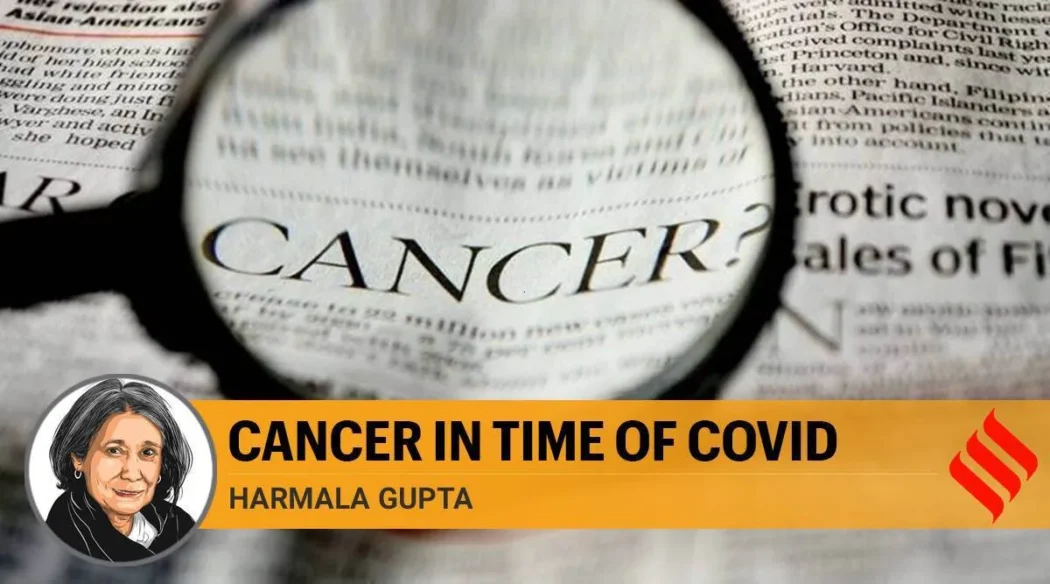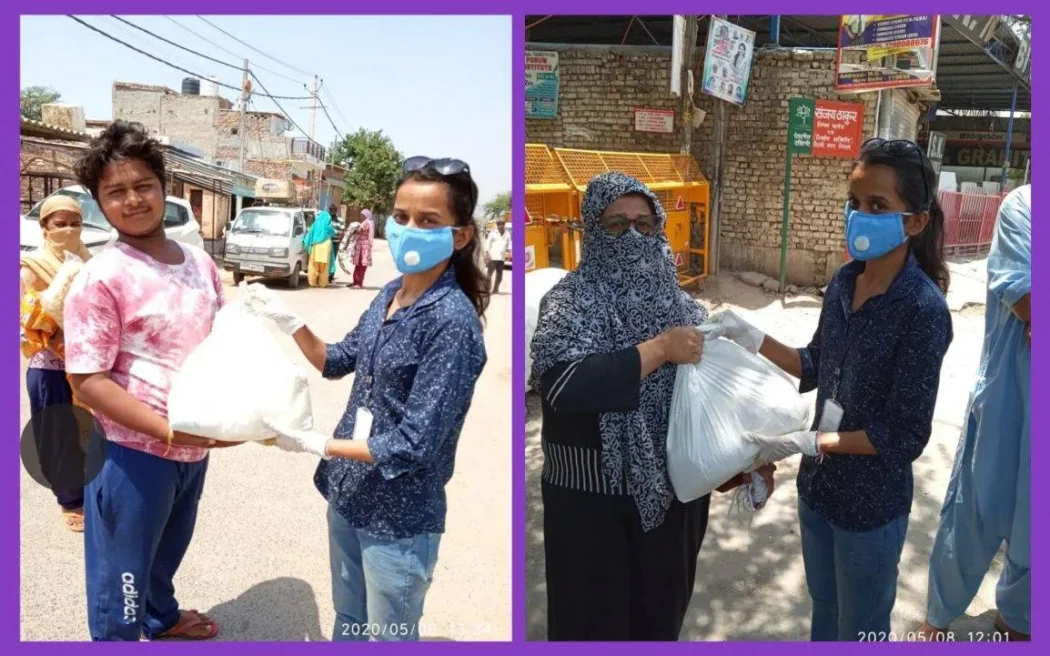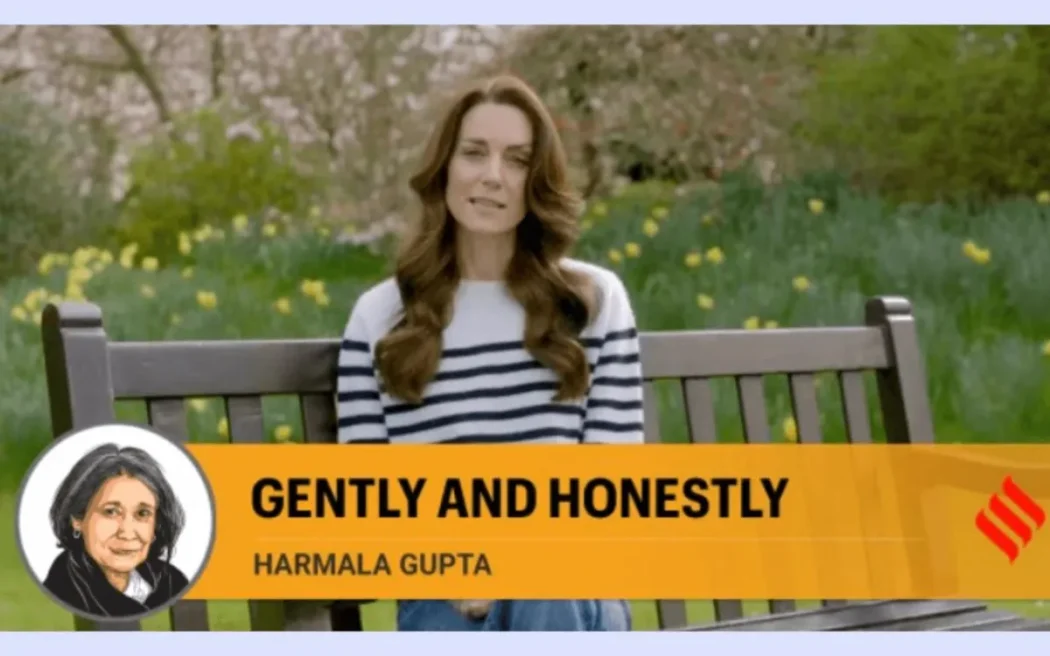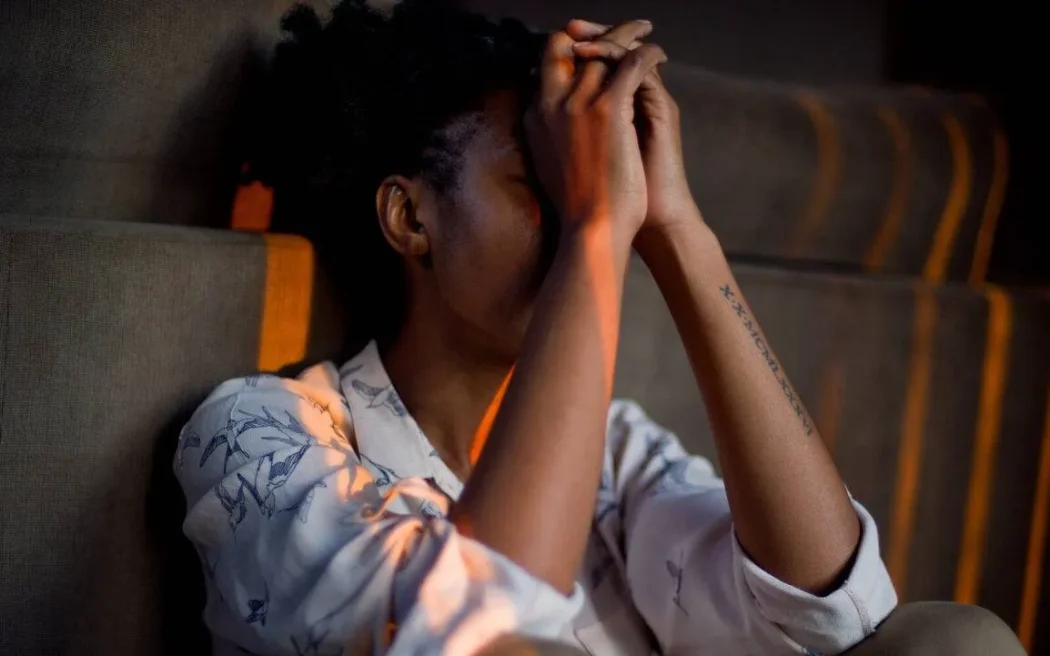The fight against cancer is beginning to show results in a few countries. But it is not yet time to celebrate.
According to the American Cancer Society, the death rate from cancer in the US for the year 2017-18 dropped by 2.4%. This is the biggest decline, in a single year, on record. It is the fall in mortality rates of “difficult” cancers like lung cancer, in both males and females, that is inviting attention. The question is: what is responsible for this decline? Is it because people are smoking less? Is it because their cancers are being detected early? Or is it because we have better treatments today?
Common sense suggests the answer lies in a mix of all three, though there are those who attribute it mainly to the implementation of effective tobacco control strategies in the US that saw a decline in the rates of smoking from 20.9% in 2005 to 15.1% in 2015. However, even here there is little room for complacency.
First, a substantial proportion of beginning smokers and most new daily smokers are now young adults, reflecting a shift from adolescence to early adulthood. The proportion of young adult smokers (ages 18-23 years) more than doubled from 20.6% in 2002 to 42.6% in 2018. What this means is that tobacco control strategies aimed at adolescents in high school (age 15 years or so) are merely delaying or deferring initiation of smoking rather than preventing it. This is a worry.
Next, there is the additional concern that since the pandemic, missed detection opportunities may result in patients being diagnosed with more advanced and harder-to-treat stages of cancer in the future. A Lancet study estimates that there may be an increase in cancer deaths as a result of diagnostic delays over the next five years, ranging from 4.8% for lung cancer to 16.6% for colorectal cancer.
With detection services shut down, and with delayed treatments for cancer, especially in the early months of the pandemic, it is likely that we are going to meet the same fate here in India. Our cancer mortality registration system has many shortcomings, including incomplete and inaccurate certification of cause of death. This makes it difficult to draw any reliable or firm conclusions about the trend in cancer mortality rates.
The time has come for the government to declare cancer a notifiable disease so that data collection can improve and we can assess where we are headed. Future planning and the lives of people depend on this.
What we also know is that underserved populations everywhere are at greater risk of dying of diseases like cancer due to limited access to detection facilities and to advances in cancer treatment that they simply cannot afford. Consequently, they are more likely to die of cancer. The novel coronavirus just brought this lesson home to us as well.
So, let us add to the mix mentioned above what may indeed be the decisive factor for ensuring good outcomes for people living with cancer, universal health care with access to high quality and affordable cancer care backed by a robust public health system. Tele-medicine has a role to play here. The setting up of a national cancer grid to bridge the divide between users and providers of high quality cancer care is a step in the right direction.
I recall listening a few years ago to Lance Armstrong talk about his cancer experience and what had led him to start the Livestrong Foundation. It was a remark made by his doctor who asked him which exit he would use once he left the hospital after successful treatment. Would it be the one that would keep his cancer secret (Lance had testicular cancer which carried a stigma, particularly in Texas where he lived)? Or the one where, fortunate enough to have been able to afford the best cancer treatments, he would now consider it his obligation to use his celebrity status to ensure that others too got a second chance?
Despite his subsequent fall from grace, it is to be noted that Lance helped raise over $500 million for cancer research, treatment and support, including $6.5 million he donated personally.
India has a number of cancer support organisations working heroically to help raise awareness about cancer and offering much needed services free of charge. However, without affordable and accessible cancer treatments to back these efforts they seem almost unethical. As someone once said to me after being detected with a malignant tumour, “You have put my house on fire but have given me no means of putting out the fire.”
What is true for a slum dweller is as true for middle class patients. While the former can now draw funds from various government schemes by showing their BPL cards the latter are left to fend for themselves. These are the patients and families we often meet; tired, dispirited and defeated by a disease that has become an unbearable burden.
The only way to ensure that cancer mortality rates in our country fall is to start from the beginning. If I know that a diagnosis of cancer will not ruin me financially and that I will get the best treatment available I will come in for cancer screening. Otherwise, why would I voluntarily go forward to meet a disease that will destroy me?
Pic Courtesy: TOI
